Farmers have become much more focused on reducing stress at weaning for calves in recent years. However it is not just the weanling that is under a significant amount of stress at the weaning stage. The cow is also under stress as the calf is removed from her, and in many cases the diet of the cow changes rapidly at this stage also.
1. Gradual weaning
Abrupt weaning can increase stress on the cow, resulting in her becoming very agitated as she calls for her calf. This weaning effect on the cow can be reduced gradually by breaking or reducing the cow-calf bond. The weaning process itself should be carried out a staggered process to allow the cows adjust gradually to the calves being taken away. Gradual weaning should be carried out, with the cows gradually taken away from the calves and cows in a field.
Grass tetany can often occur at weaning when the cow is housed and placed on poor-quality hay or straw with no mineral supplementation
2. Feed accordingly
In many cases, directly after weaning the cows are housed and fed poor-quality silage, hay or straw to aid the drying process. After drying, cows should be fed a maintenance diet. This should consist of ad-lib high-dry-matter silage of average quality (about 65DMD). Where hay or straw is being fed, supplementation will be required to avoid the cow losing condition. On ad-lib straw, the average dry cow would need at least 3kg concentrates per day along with minerals. If good-quality hay is being offered, 1-2kg of concentrates and mineral should be fed after the first two days.
Grass tetany can often occur at weaning when the cow is housed and placed on poor-quality hay or straw with no mineral supplementation because the level of magnesium available in the diet would not be sufficient to meet the cow’s requirements. During the dry period, a cow requires about 15-20g of magnesium/head per day. When housed, sprinkling Cal-Mag on feed or mixing it with the hay/straw should ensure adequate levels of intake. Feeding 60-100g of Cal-Mag/cow/day should supply the necessary dietary magnesium.
3. Identify culls
At weaning, it may be very beneficial to look at the herd of cows and their progeny with the view to identifying culls. After difficult grazing conditions there may be a number of under-fleshed or thin cows in the herd (BCS<2.5). These cows and their calves should be examined with a view to finding the reason for the cow being in poor condition.
The cow should be examined for foot problems, signs of illness, poor udders or lost quarters due to mastitis. Age should also be taken into account. In addition, the quality of the progeny should be looked at. If there are cows with excessive flesh, inspect their calves for weight and quality and if the cows are producing poor-quality calves, they may be suitable for culling.
4. Don’t just send the empty cows to the factory
Many farmers would have scanned cows before weaning to highlight empty cows. These empty cows should be removed from the herd as culls, as keeping them in the herd to be served to join the autumn herd or re-join the spring herd would not prove cost-effective. Selling cows live directly after weaning will result in poor cull cow value. However, in some cases where grass or fodder is tight this may be necessary. Alternatively, these cows can be separated from the main herd at weaning and fed concentrates at grass for five to six weeks before selling on the live market. Alternatively, more intensive feeding can be carried out and the cow killed in the factory.
5. Check the health status
Cull cows in most cases will have been in the herd for many years. In many cases they will be culled due to fertility issues. Prior to slaughter, it may be beneficial to blood test the cull cows as this will show up the viruses present in the herd. In addition, the results may show up any fertility-related diseases that are present in the herd and yet unknown or un-treated.
6. Condition score cows
Condition scoring cows at weaning is critical. The spring-calving suckler cow should be a condition score of 3 at weaning. This will allow her to be restricted over the winter feeding period to reduce costs. The target BCS at calving for the spring herd is 2.5. Due to the poor grazing conditions over the summer this year, many suckler cows were under pressure to eat enough good-quality grass to meet their requirement for milk production and for maintenance over the summer months. In addition, at several stages of the year farmers faced grass shortages which added to this pressure. If cows are in poor condition at weaning (BCS 2-2.5) then they may require supplementation to increase BCS depending on the silage quality. Depending on weather conditions, building up BCS over the next one to two months at grass can be done at lower cost than when housed, especially where there are silage quality issues on the farm.
Cows should be grouped on BCS and fed accordingly over the coming four to six weeks prior to housing to increase body condition.

7. First-calved heifers
First-calved heifers or heifers that have calved down at 24 months need preferential treatment at weaning. More often than not, it may be advantageous to wean the calves from these first-calvers early to allow them to gain more condition. Because these heifers are still growing and producing milk, they are under more pressure than mature cows and are most likely to have a lower condition score than mature cows. It may be advisable to wean the calves from these cows once the calf reaches 300kg. These cows should then be dried accordingly and let back out to pasture again. Where possible, it is advisable to graze them as a separate group of stock, or graze them with weaned cows in poor BCS. The entire group should have access to good-quality grass (10-12cm or 1,300-1,600kg DM/ha) and where condition score is less than 2.5, they should be supplemented with concentrates at a rate of 2-3kg per day to allow them to gain condition.
Read more
Full coverage: weanlings
Farmers have become much more focused on reducing stress at weaning for calves in recent years. However it is not just the weanling that is under a significant amount of stress at the weaning stage. The cow is also under stress as the calf is removed from her, and in many cases the diet of the cow changes rapidly at this stage also.
1. Gradual weaning
Abrupt weaning can increase stress on the cow, resulting in her becoming very agitated as she calls for her calf. This weaning effect on the cow can be reduced gradually by breaking or reducing the cow-calf bond. The weaning process itself should be carried out a staggered process to allow the cows adjust gradually to the calves being taken away. Gradual weaning should be carried out, with the cows gradually taken away from the calves and cows in a field.
Grass tetany can often occur at weaning when the cow is housed and placed on poor-quality hay or straw with no mineral supplementation
2. Feed accordingly
In many cases, directly after weaning the cows are housed and fed poor-quality silage, hay or straw to aid the drying process. After drying, cows should be fed a maintenance diet. This should consist of ad-lib high-dry-matter silage of average quality (about 65DMD). Where hay or straw is being fed, supplementation will be required to avoid the cow losing condition. On ad-lib straw, the average dry cow would need at least 3kg concentrates per day along with minerals. If good-quality hay is being offered, 1-2kg of concentrates and mineral should be fed after the first two days.
Grass tetany can often occur at weaning when the cow is housed and placed on poor-quality hay or straw with no mineral supplementation because the level of magnesium available in the diet would not be sufficient to meet the cow’s requirements. During the dry period, a cow requires about 15-20g of magnesium/head per day. When housed, sprinkling Cal-Mag on feed or mixing it with the hay/straw should ensure adequate levels of intake. Feeding 60-100g of Cal-Mag/cow/day should supply the necessary dietary magnesium.
3. Identify culls
At weaning, it may be very beneficial to look at the herd of cows and their progeny with the view to identifying culls. After difficult grazing conditions there may be a number of under-fleshed or thin cows in the herd (BCS<2.5). These cows and their calves should be examined with a view to finding the reason for the cow being in poor condition.
The cow should be examined for foot problems, signs of illness, poor udders or lost quarters due to mastitis. Age should also be taken into account. In addition, the quality of the progeny should be looked at. If there are cows with excessive flesh, inspect their calves for weight and quality and if the cows are producing poor-quality calves, they may be suitable for culling.
4. Don’t just send the empty cows to the factory
Many farmers would have scanned cows before weaning to highlight empty cows. These empty cows should be removed from the herd as culls, as keeping them in the herd to be served to join the autumn herd or re-join the spring herd would not prove cost-effective. Selling cows live directly after weaning will result in poor cull cow value. However, in some cases where grass or fodder is tight this may be necessary. Alternatively, these cows can be separated from the main herd at weaning and fed concentrates at grass for five to six weeks before selling on the live market. Alternatively, more intensive feeding can be carried out and the cow killed in the factory.
5. Check the health status
Cull cows in most cases will have been in the herd for many years. In many cases they will be culled due to fertility issues. Prior to slaughter, it may be beneficial to blood test the cull cows as this will show up the viruses present in the herd. In addition, the results may show up any fertility-related diseases that are present in the herd and yet unknown or un-treated.
6. Condition score cows
Condition scoring cows at weaning is critical. The spring-calving suckler cow should be a condition score of 3 at weaning. This will allow her to be restricted over the winter feeding period to reduce costs. The target BCS at calving for the spring herd is 2.5. Due to the poor grazing conditions over the summer this year, many suckler cows were under pressure to eat enough good-quality grass to meet their requirement for milk production and for maintenance over the summer months. In addition, at several stages of the year farmers faced grass shortages which added to this pressure. If cows are in poor condition at weaning (BCS 2-2.5) then they may require supplementation to increase BCS depending on the silage quality. Depending on weather conditions, building up BCS over the next one to two months at grass can be done at lower cost than when housed, especially where there are silage quality issues on the farm.
Cows should be grouped on BCS and fed accordingly over the coming four to six weeks prior to housing to increase body condition.

7. First-calved heifers
First-calved heifers or heifers that have calved down at 24 months need preferential treatment at weaning. More often than not, it may be advantageous to wean the calves from these first-calvers early to allow them to gain more condition. Because these heifers are still growing and producing milk, they are under more pressure than mature cows and are most likely to have a lower condition score than mature cows. It may be advisable to wean the calves from these cows once the calf reaches 300kg. These cows should then be dried accordingly and let back out to pasture again. Where possible, it is advisable to graze them as a separate group of stock, or graze them with weaned cows in poor BCS. The entire group should have access to good-quality grass (10-12cm or 1,300-1,600kg DM/ha) and where condition score is less than 2.5, they should be supplemented with concentrates at a rate of 2-3kg per day to allow them to gain condition.
Read more
Full coverage: weanlings





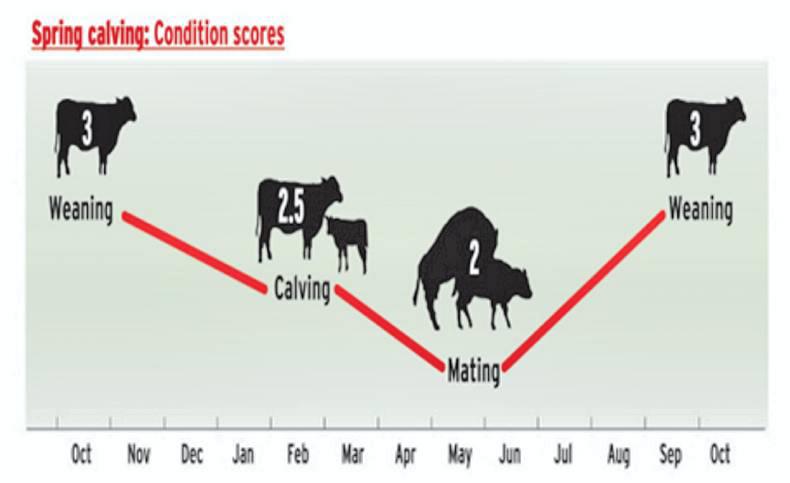
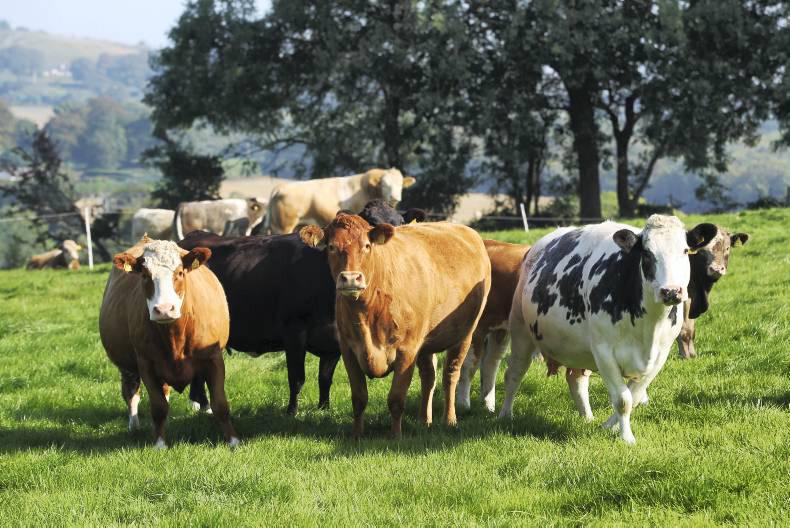
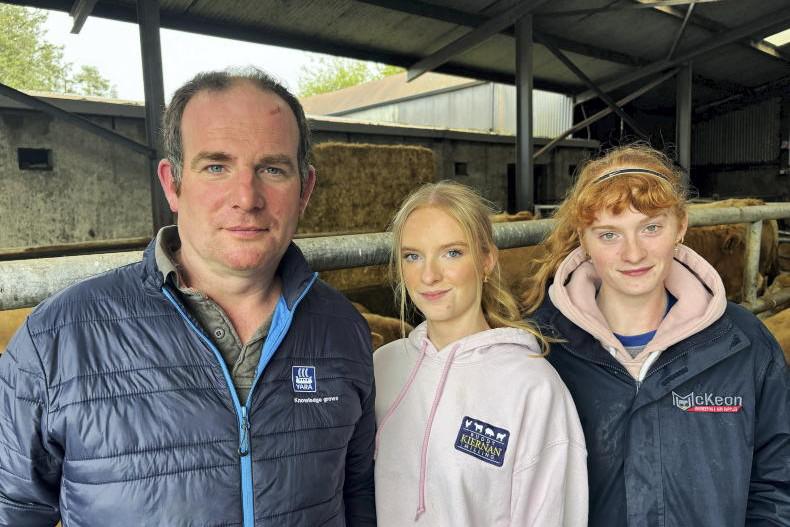

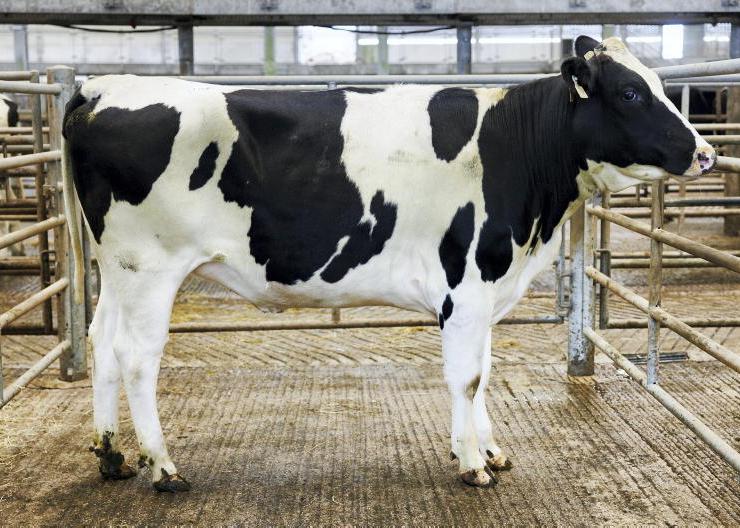
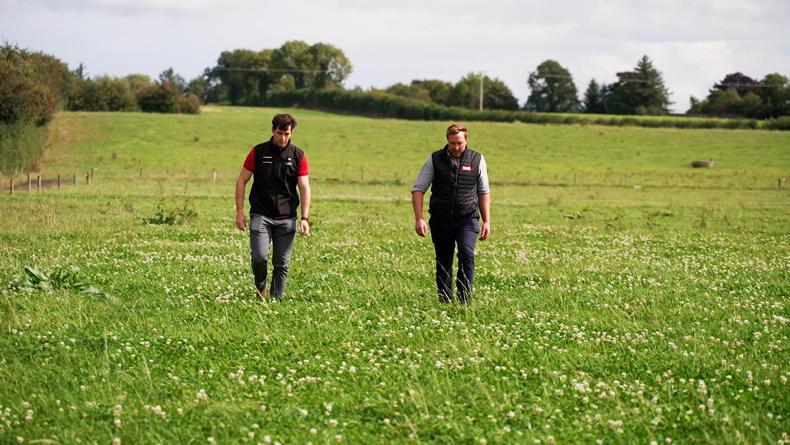
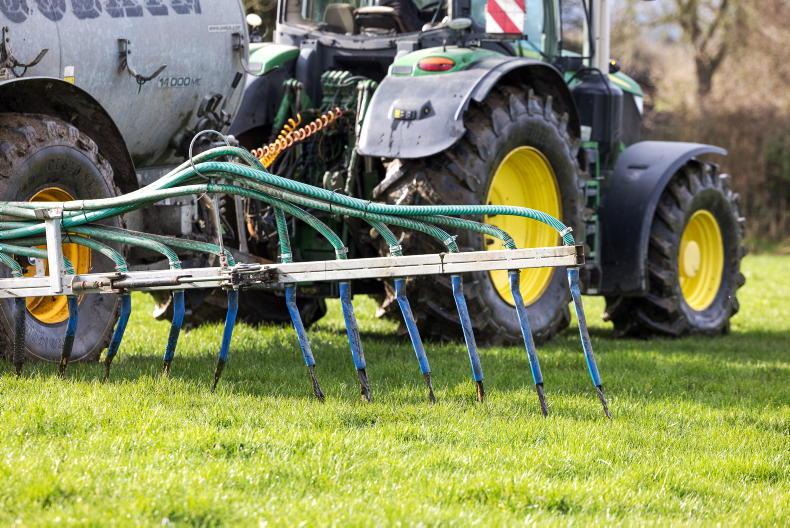
SHARING OPTIONS